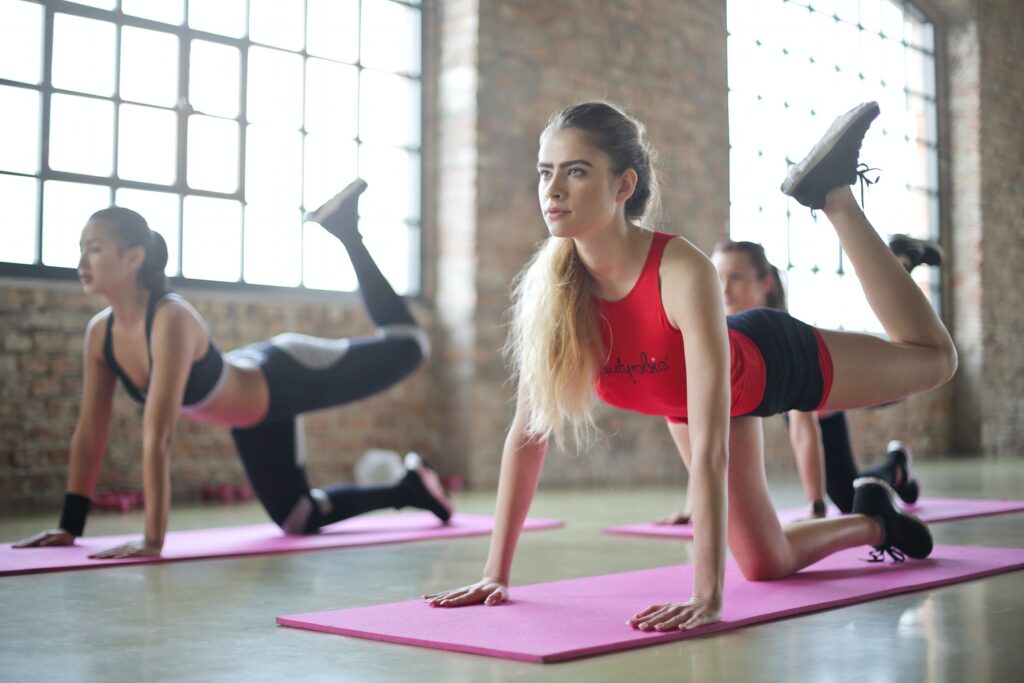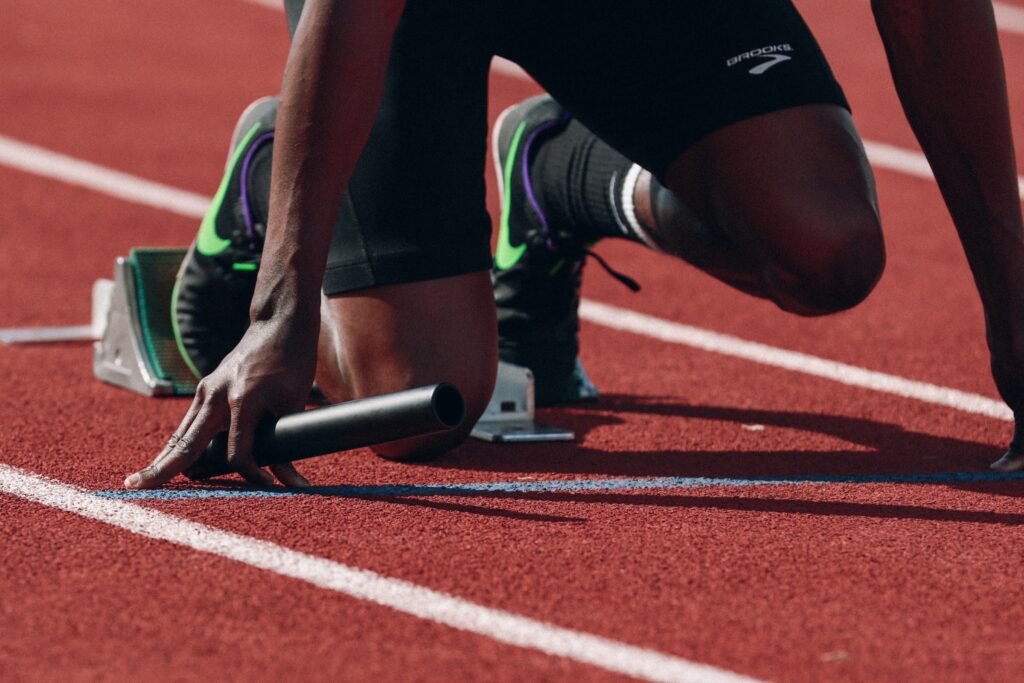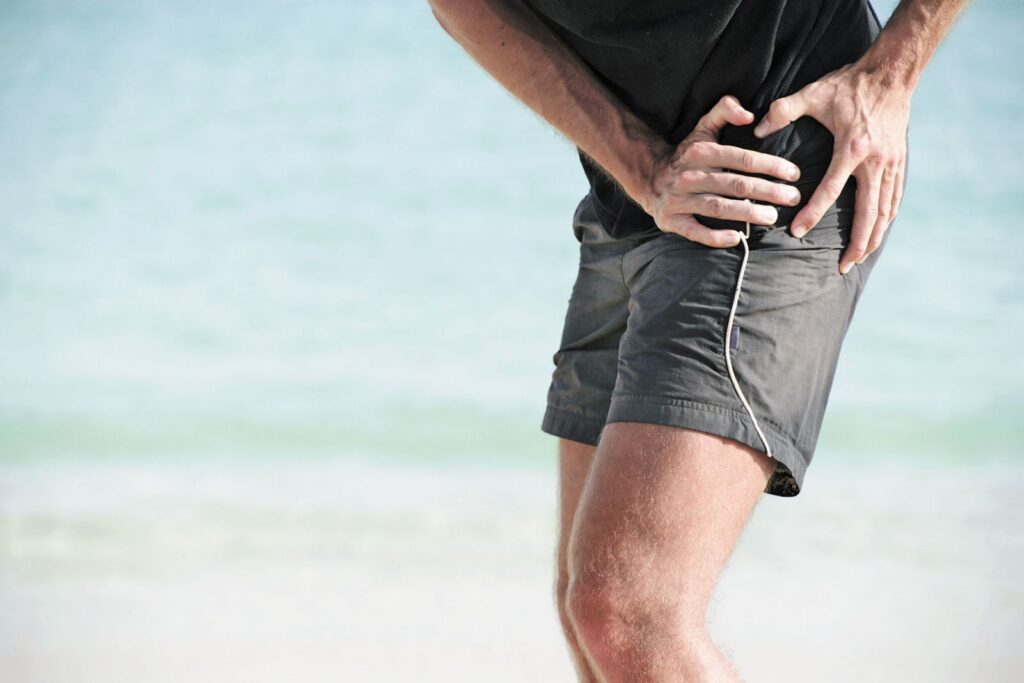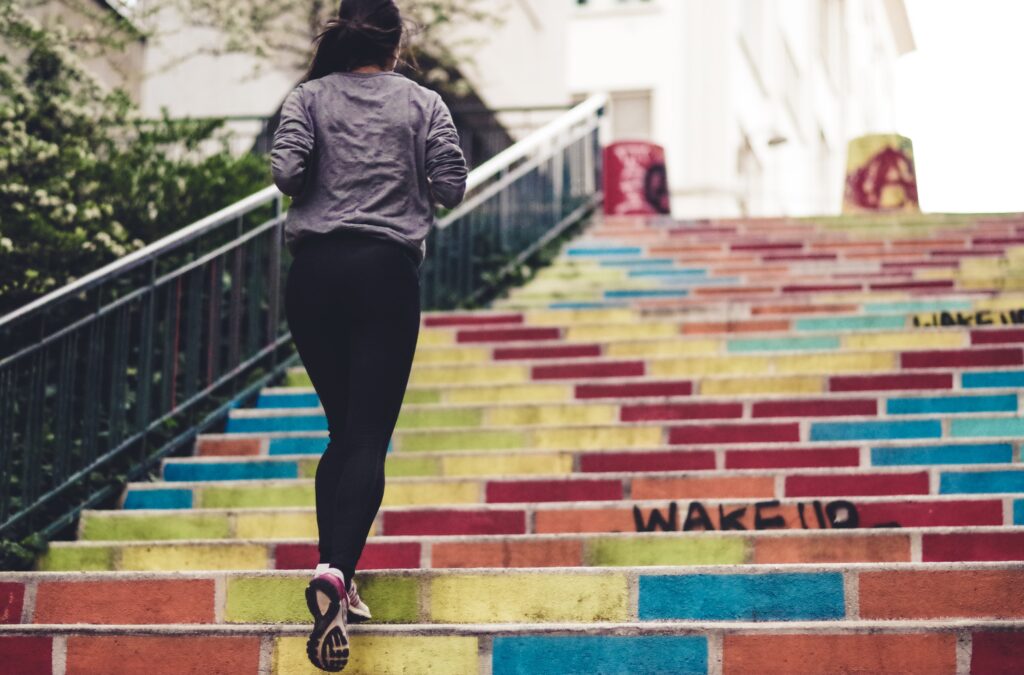Hip pain is a common complaint among runners, but it can be difficult to know what the source of this discomfort might be. How do I relieve hip pain from running? There are many things that you can try with some guidance as well as self-help tips and tricks for those who don’t want to see their doctor or physical therapist.
For example, if your symptoms include tenderness around the front of your thigh bone (femur), tightness in the buttocks muscles, or tension down below (in pelvic floor muscles) – these may indicate an overuse injury related to weak glutes and/or hamstring issues.
If your symptoms are more on the side of hip pain, this may be a sign that you’re overusing muscles in the back and gluteal region.
What should I do if my hips hurt from running? Here is what some physical therapists recommend for runners:
Table of Contents
Strength Training:
Add strength training to your routine x twice per week (pick one lower body day and one upper body day). This will improve muscle balance around the pelvis which can help with pelvic stability and reduce stress on joints. Be sure to incorporate exercises that target all parts of your legs including hamstrings, quads, IT bands/TFLs, calves & glutes. A qualified healthcare professional or trainer who knows about the runner’s needs would be ideal.
Foam Rolling and Stretching:

Add foam rolling and stretching to your routine x twice per week. This will improve muscle balance around the pelvis which can help with pelvic stability, reduce stress on joints, decrease muscle tension, increase range of motion & prevent injury. Be sure to incorporate exercises that target all parts of your legs including hamstrings, quads, IT bands/TFLs, calves & glutes. A qualified healthcare professional or trainer who knows about the runner’s needs would be ideal.
Warm-up before running:
Try a dynamic warm-up like light jogging followed by some stretching prior to starting your workout. Dynamic movements prepare muscles for activity so they are less likely to experience pain when they are used, and stretching will help to reduce muscle stiffness.
Cool-down after running:

After you’ve finished your run, it’s important to cool down with a gentle walk or the same type of exercise that you did before the duration of your workout (i.e., more jogging). This continues blood flow through your muscles which helps them relax and prevents soreness. It also allows time for lactic acid to clear out of your muscles so that they can recover quicker from activity. A light stretch session may be included in this step as well if needed.”
Use a perfect Shoe for Hip Pain While Running:
If you’re experiencing hip pain while running, make sure that the shoe fits well and is appropriate for your foot type. It can be helpful to try on a variety of shoes in order to find one that feels most comfortable; there are many factors involved with finding the right footwear such as arch height or pronation. I found an article where they made a list of best shoes for hip pain, you can read this article.
Conclude:
It’s important to take care of any muscle discomfort before it gets worse so please consult someone who knows how best to help you.
Causes of Hip Pain When Running:

Do you feel pain on the outside of your hip, near the top of your thigh? If so, this could be due to iliotibial band syndrome. Iliotibial band syndrome is an overuse injury that typically occurs when runners are not warmed up enough or run too quickly for their fitness level. You can read more about it in this article by Runner’s World if you’re interested.
Another cause of hip pain during running may be a result of weak glutes and hamstrings as well as tight hips and quads. These muscles need to work together in order to provide stability which allows us to move freely.”
Try some exercises Like:
Hip Rotations:
Lie on your back with the bottoms of your feet flat on the ground. Bring one knee up to a comfortable height for you and place both hands just below that knee, thumbs pointed towards each other (thumbs should be close together but not touching). Rotate your hip outward than inward. This exercise is great for strengthening the hips while also stretching them simultaneously.
Leg Swings:
Stand upright with good posture so our head is in line with our spine. Extend arms straight outwards from chest level, palms facing down. Move left leg forward about three steps or until heel reaches the front of the foot. Swing right leg across the body at the same time as swinging arm across waistline – don’t let it touch the floor behind opposite side’s.
Hip Flex:
Stand upright with good posture so our head is in line with our spine. Extend arms straight outwards from chest level, palms facing down. Bend left leg at the knee and bring the foot back towards butt – as far as comfortable to go while keeping knee over ankle and directly above the heel of the right (straight) leg.
Frog Rock:
Stand upright with good posture so our head is in line with our spine. Extend arms straight outwards from chest level, palms facing down. Bring one foot up until it reaches the same height as opposite side arm then lower again quickly before repeating on another side.”
The idea behind this exercise is that during a run your hips are constantly moving forward and backward which can lead to hip pain. This exercise helps to lessen this pain by using the frog rock pose which puts your hips in a more stable position and forces you to use muscles that are not relied on during running.
How can I prevent future running-related injuries?

Listen to your body and take days off when needed. If you have any doubt about whether to run or not, check with a doctor first before continuing exercise. Be sure that you are properly warming up for at least five minutes beforehand and use proper form in order to lessen injury risk.
This step should be done immediately after finishing your workout because it will help reduce muscle stiffness which means less pain later on during the day. It should also include foam rolling and stretching exercises twice per week targeting all areas of the hip as well as light stretches if needed!
Conclusion
if you run regularly maintaining a routine, hip pain can be relieved through foam rolling exercises, stretching, and taking days off when needed. In short, if you are not sure why your pain is occurring, check with a doctor first before continuing exercise.

Leave a Reply